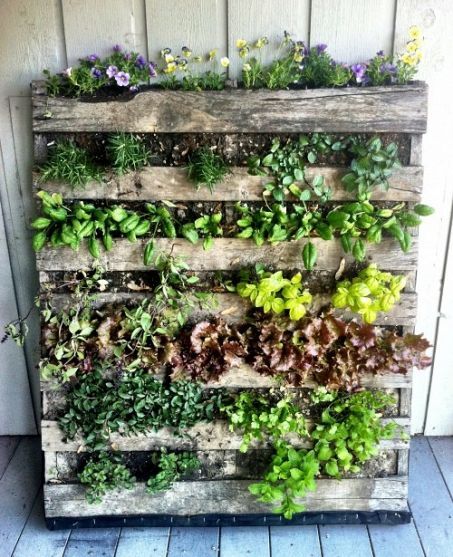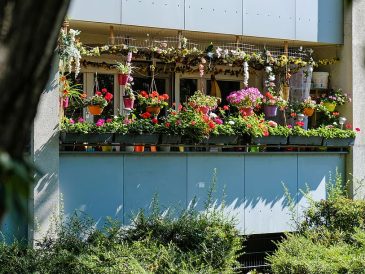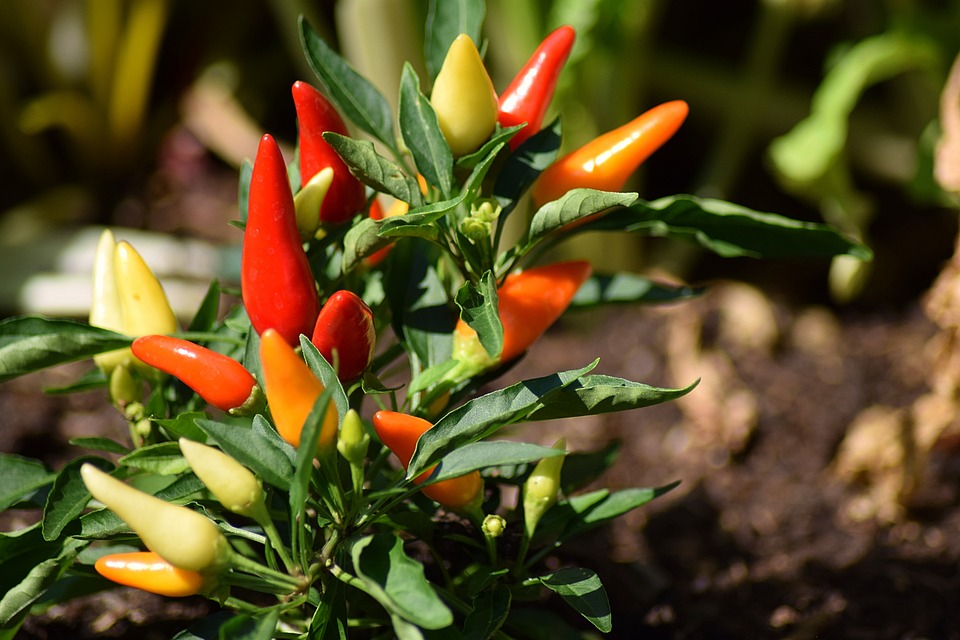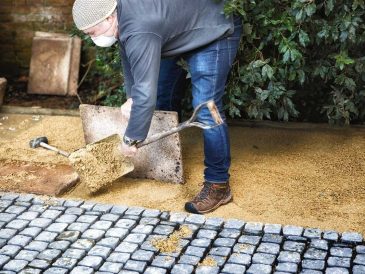Lettuce is one of the most common crops both in the urban garden and in the field, as this type of crop is very popular. If you are going to plant lettuce (in pots or directly in the ground), make sure you always maintain a specific humidity level to grow appropriately and harvest healthy and delicious lettuces. Let’s check out some strategies to help you make your salads the crispest, freshest, tastiest, and most nutritious.
1.- Location
When planting lettuce, look for a place where they will get enough light, although we need to provide some shade during the hottest days of the year to prevent the lettuce leaves from becoming too bitter. One option is to plant it near climbing plants or foliage plants that provide some form of shade during the hottest hours. Another fact to consider is that lettuce sprouts due to excessive heat, which is beneficial if you want more seeds to grow or save but makes the lettuce less palatable. Optimum temperatures should generally be around 14-21 ºC (it tolerates low temperatures better than high ones).
2.- Prepare the Soil
To prepare the lettuce seeds or plants, you can prepare good soil by putting a layer of sand at the bottom, two organic compost or worm castings, and three of soil. All layers must be well aerated and fluffy; avoid compressing and crushing them as this will prevent the seed and its roots from developing.
3.- Sowing
The night before, soak the seeds in water in a dark place. Once you have the seedlings ready, drain the seeds and insert each seed into the soil at a depth no greater than twice the dimensions of the seeds. It is important not to press the soil down once you have inserted the seeds; just add a little soil to cover the seeds without pressing them down. Keep the seedling soil moist (not wet) at all times. For this, it’s best if the seedlings have holes in the bottom, and we put them in trays of water so that it soaks up little by little…
4.- Transplanting
When the plants reach about 10 cm in height, you can transplant them to their final location. Leave about 30 cm between lettuce and lettuce (the distance may vary depending on the type of lettuce you grow); if the lettuces are too close together, they will not grow well. The night before transplanting, water the area moderately and leave the soil airy and spongy. The next day, in the afternoon, pass gently over the plants, water a little again, and monitor their development over the next few days.
5.- Irrigation
It is imperative to keep the lettuce well hydrated throughout its growth. If the rain is not enough, water the lettuce. Both in-field orchards and in pots, you can use a drip irrigation system to help you save water and maintain a constant humidity level. Keep in mind that crops in pots tend to dry out sooner than crops directly in the ground.
6.- Staggered Planting
From the time you sow the lettuce seed until your harvest, it takes about 50 to 60 days (depending on the variety). Once you know how long the lettuce will take to develop, you can plan your planting to get lettuce for longer.
7.- Crop Rotation
When planting lettuce for the second time, it’s best not to do it in the same place. Do it where you have previously grown legumes (peas or peas, beans, etc.), root crops (beets, carrots, etc.), or fruit (tomatoes, peppers, etc.). After the lettuce, you can grow garlic, leeks, onions, potatoes, or cabbage in the same place. Like other green leafy crops, lettuce is a vegetable with a medium nutrient requirement, so we need to provide compost or humus every two years.
8.- Pests and Diseases
One of the most common pests is snails and slugs ( here you can see how to fight them organic). Fungi such as powdery mildew, mildew, or botrytis can also appear when there is a combination of excessive humidity and high temperatures. Whitefly and aphids can cause damage to lettuce crops, avoid and control these pests with organic methods.




